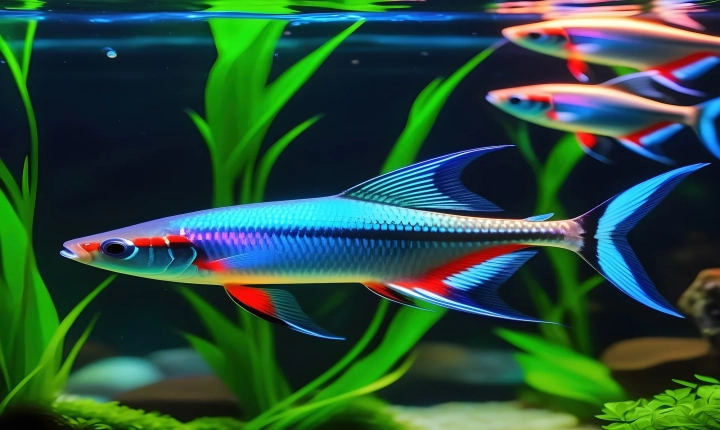Title: How to Convert an AI File into a JPEG
Adobe Illustrator (AI) files are great for creating vector graphics and artwork, but sometimes you may need to convert them into a more universally recognized image format like JPEG. This could be for sharing your designs online, using them in presentations, or printing them. Converting an AI file to a JPEG is a straightforward process and can be done using Adobe Illustrator or other graphic design software.
Here’s a step-by-step guide on how to convert an AI file into a JPEG:
1. Open the AI file in Adobe Illustrator or another graphic design software: Launch your preferred graphic design software and open the AI file that you want to convert.
2. Adjust the Artboard: If your AI file has multiple artboards, make sure to select the specific artboard you want to convert to a JPEG. You can adjust the artboard size and position to focus on the specific content you want to convert.
3. Check and Edit Layers: Before converting to JPEG, ensure that all the layers in your AI file are visible and properly arranged. You can make any necessary adjustments to the layers and content in your design.
4. Save the File: Once you are satisfied with your design and ready to convert it to JPEG, go to the “File” menu and select “Save As” or “Export” depending on your graphic design software.
5. Choose the JPEG Format: In the save dialog box, choose JPEG as the file format. You may need to select the quality and resolution settings for the JPEG file. Higher quality settings will result in larger file sizes, while lower quality settings may reduce the file size but also the image quality.
6. Name and Save the File: Enter a name for the JPEG file and choose a destination to save it. Click “Save” to finalize the conversion process.
7. Review the JPEG File: Open the saved JPEG file in an image viewer to ensure that the conversion is successful and that the image looks as expected.
By following these steps, you can easily convert your AI file into a JPEG. It’s important to note that converting a vector-based AI file to a raster-based JPEG may result in a loss of image quality, especially if the JPEG file is saved with a lower resolution or quality setting. Therefore, it’s advisable to keep a backup of the original AI file in case you need to make further edits or adjustments.
In conclusion, being able to convert AI files into JPEG format allows for greater flexibility in using your designs across different platforms and applications. Whether it’s for web, social media, presentations, or print, the ability to convert file formats can be a valuable skill for any designer or creative professional.
